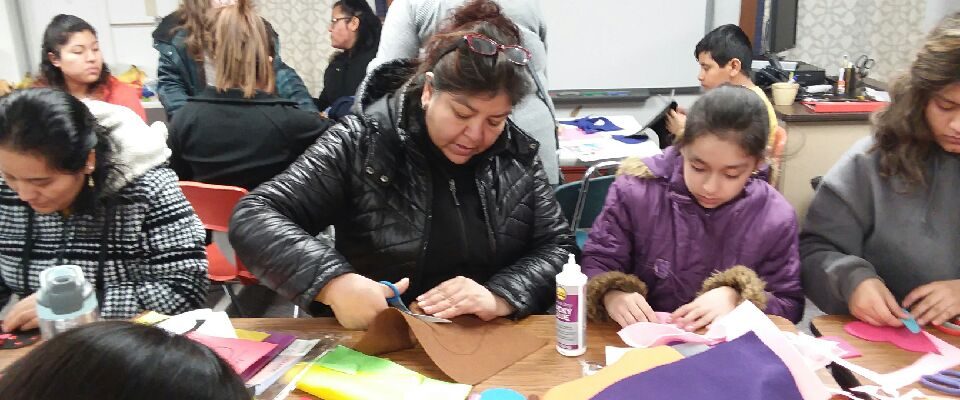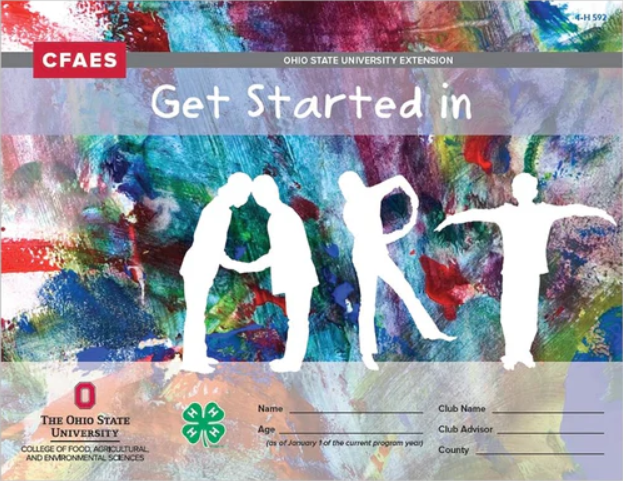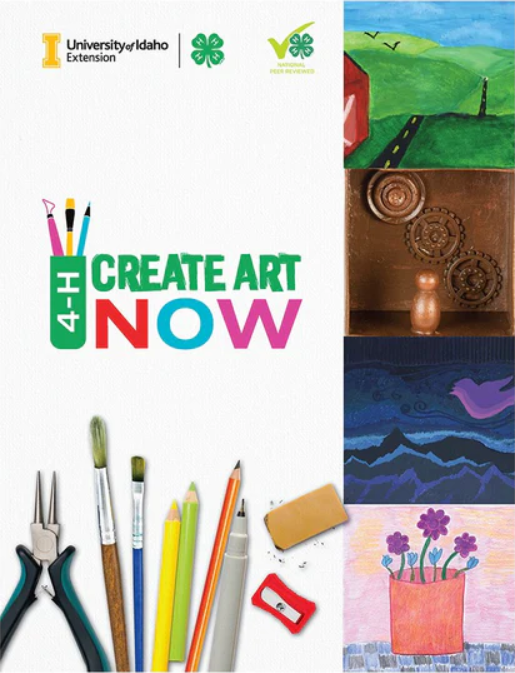Visual Arts

What is it all about?
Is art your Spark? Do you want to express yourself, be creative, or make an impression? Cutting and pasting, painting, sculpting, drawing, printing, construction with fibers and other materials are all exciting hands-on activities in an Arts Project. Use a variety of materials. Learn new techniques. Explore your creativity. Art can be a way to share what you think, explore your emotions, find a career, or change the world. Be yourself. Explore visual arts!
Block Printing | Ceramics | Collages | Drawing & Painting | Glasswork | Jewelry Making | Metal Enameling | Mosaics | Ornaments | Paper Art | Plastercraft | Posters | Print Making | Pottery | Rubber Stamping | Scrapbooking | Sculpty Clay | Stencil Painting
Grow in Your Project
Beginner
- Explore ways to cut and assemble paper
- Experiment with line and color
- Recognize art with expressive qualities
- Select and mix colors to create a color wheel—learn about primary, secondary, and tertiary colors
Intermediate
- Create a composition with positive and negative space
- Recognize and create images that illustrate movement
- Compare different types of media
- Experiment with line, shape, color, texture and space
Advanced
- Experiment with rhythm, proportion, emphasis, balance,
and unity - Understand and apply media techniques and processes
- Demonstrate understanding of proportion by drawing
- Understand visual art in relationship to history and culture
Member Resources

Getting Started in Art Project Curriculum
1 level (grades K-12)

Visual Arts Curriculum
2 levels (grades 3-12)
Project Leader Resources

4-H Create Art Now Helper Guide
1 level (grades 4-8)
Take Your Project Further!
- Check out books at the library or visit online sources to learn more about techniques, composition, copyright and privacy laws, and the history and future of art
- Create a portfolio of your best artwork (sketches, techniques and final compositions)
- Attend art exhibitions at museums and schools
- Enter your artwork in a local, state or national exhibition
- Volunteer to create a work of art for your school, church or other organization
- Is it fair time? Consider taking an exhibit, a piece of your project learning, to the fair for judging and to show what you have learned throughout the year
- Attend a local art class or workshop
- Watch another artist at work
Exploring Essential Elements in Arts
BELONGING
Work on an art project with someone else. Make sure you both get to add to it. Make important decisions together.
Create artistic welcome gifts for new club or group members.
INDEPENDENCE
Plan and lead an art project meeting.
Choose an art workshop or camp to go to.
GENEROSITY
Share your talents with the local nursing home. Create art with the residents.
Create a community art project or art exhibit with the help of your club or county.
MASTERY
Demonstrate your talents at a club meeting.
Teach an art lesson at a project meeting or during a county-wide project day.
Applying Art Skills to Your Life
If you love art, you want it to be part of every part of your life and learning. Here are some ideas:
Healthy Living
- Make art a habit. Take time to make art daily, like eating healthy and exercising.
- Find new ways to communicate and make connections.
- Create art to lower stress and anxiety, boost critical thinking and problem solving, and make you happier!
Science, Technology, Engineering, and Math
- Experiment with settings on a digital or phone camera to set up scenes for your art.
- Create a nature sketchbook to capture what you see.
- Explore Environmental art and EcoArt.
Community Engagement
- Think about how art can explore, reflect on, or advocate for an issue. How could your art spark conversation, inspire people, or lead to positive change?
- Share your art skills with a local nonprofit or a nursing home.
- Volunteer with a nearby museum.
Leadership
- Work with a local Art Project Leader to plan the next project meeting.
- Lead an art workshop for youth in your club or county.
- Work with the Wisconsin 4-H Virtual Learning Community to offer an online art lesson to youth around the state.
Record Keeping
- Create a portfolio or journal to keep track of your art and accomplishments.
- Make a habit of signing and dating each piece to keep track of when you made it. You can see your personal growth throughout the years!
- Set goals for your work, and keep track of your progress!
Showing What You Learned
- Enter your art in a show or competition.
- Use your art skills in a community service project.
- Volunteer to lead a session at a project learning day.
- Put together a portfolio of several art projects that show your growth.
- Make a poster of the Elements of Art or Principles of Design.
- Join the State Art Team.
Caution Corner
When you create art:
- Wear appropriate clothing or safety gear for the project or task.
- Read product packages before starting the project. Follow safety rules with risky materials or tools(for example, glue guns, Exacto knives, fumes/ventilation, etc.).Ask for adult help if you feel unsure.
- Get permission before using someone’s image, photo, art, or aspects of their culture. Learn the difference between cultural appreciation and appropriation. If the art or photo you want to use belongs to someone under age 18, get parent/guardian permission. Credit and acknowledge the person and/or culture when your artwork is completed.
Header image courtesy of Wisconsin Positive Youth Development Institute.





